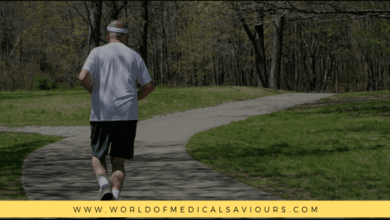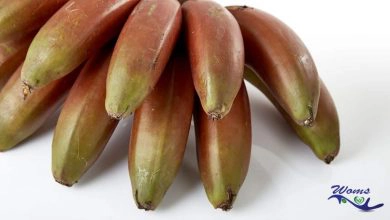Spider bite symptoms: what does it look like?

Spider are the insects found easily anywhere. I think you have noticed it too. Spiders are found around the surroundings of your home too. I think you must know about spider bite symptoms.
Spiders belong to a branch of invertebrate animals referred to as arthropods. Arthropods have the most important variety of species. Spiders square measure specialised in non-vertebrate predators. this is often Associate in Nursing eight-legged Arachnida category of twilight.
Their body is split into two parts, head and trunk, with eight jagged legs, no wings. Their head and chest together form the cephalothorax of the skull. The commonest spider bite symptoms are discussed below.
Spider bite symptoms to be aware of
When it involves spider bite, we can think about one person ever for whom it has been an excellent experience. he is none other than the Spiderman, isn’t he?
Except for the rest of us who are non-superheroes, getting bit by an eight-legged critter is something we’ll do anything to avoid. getting bitten by a spider is an icky, slightly painful experience. But, the worst factor is, it can be a life-threatening nightmare.
The good news: the majority of the 3,000 spiders in the united states aren’t toxic. even though most spiders did bite, their fangs are too tiny or weak to puncture human skin.
Their bites may leave crawly, red wounds that alleviate within a week or so. The commonest spider bite symptoms are redness, ache and swelling, otherwise, you may not notice them at all.
What do spider bite symptoms look like?
Identifying a spider bite is easier if you saw the spider that bit you, but it’s possible that you won’t notice the wound until hours later. Most of the time the spider bite symptoms are almost the same.
Look for things like:
- Swelling
- A red welt
- Skin injury
- Any troubling symptoms that accompany the bite
Other accessible spider bite symptoms that may associate with a spider bite include:
- Itching or rash
- Pain around the area of the bite
- Muscle pain or cramping
- The blister may red or purple
- Sweating
- Difficulty breathing
- Headache
- Nausea and vomiting
- Fever
- Chills
- Anxiety or restlessness
- Rashes
- Swollen lymph glands
- High blood pressure
Some Common kinds of House Spiders
Brown Recluse (Loxosceles Reclusa)
Brown Recluses are one of the poisonous spiders. you may feel ache, burning, or irritating around the site of the bite. the area may become red. a small white blister can also form at the location.
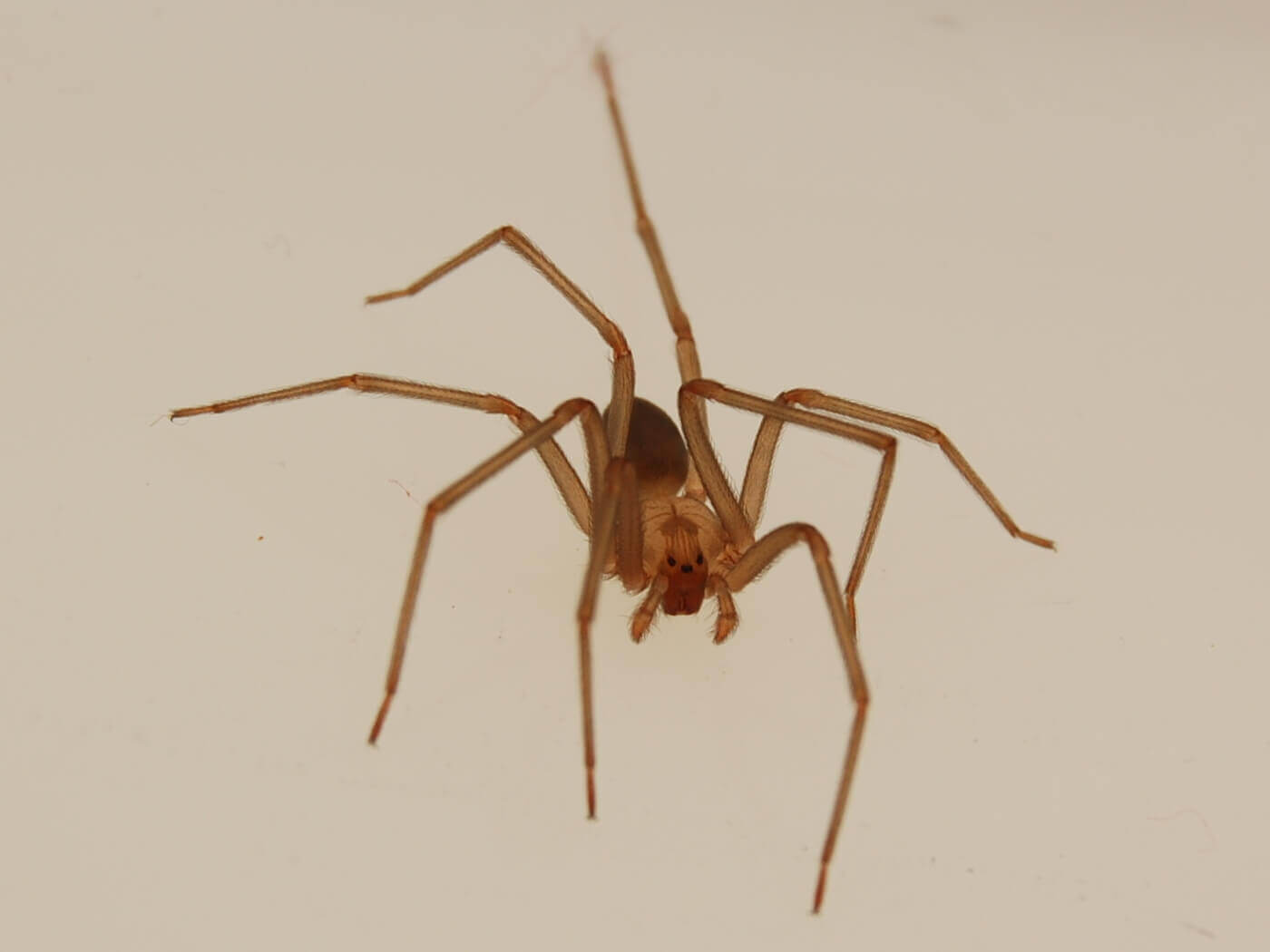
Some additional spider bites symptoms you may have soon after the bite include:
- Fever
- Nausea
- Intense itching at the site of the bite
- Rash
- Chills
- Sweating
Black Widow Spider (Latrodectus)
Symptoms of a black widow bite include:
- Muscle cramping
- Pain and burning at the puncture site
- Headache
- High blood pressure
- Increased saliva and sweating
- Nausea and vomiting
- Numbness and restlessness
Sac Spiders (Clubionidae)
If you’re bitten by a sac spider, you may experience
- Redness
- Swelling
- Burning
But sometimes you may feel nausea, vomiting, headache or different types of severe problems also.
Jumping Spiders (Salticidae)
The jumping spider’s bite symptoms are usually no worse than a wasp sting. It can be toxic if you’re allergic to spider venom.
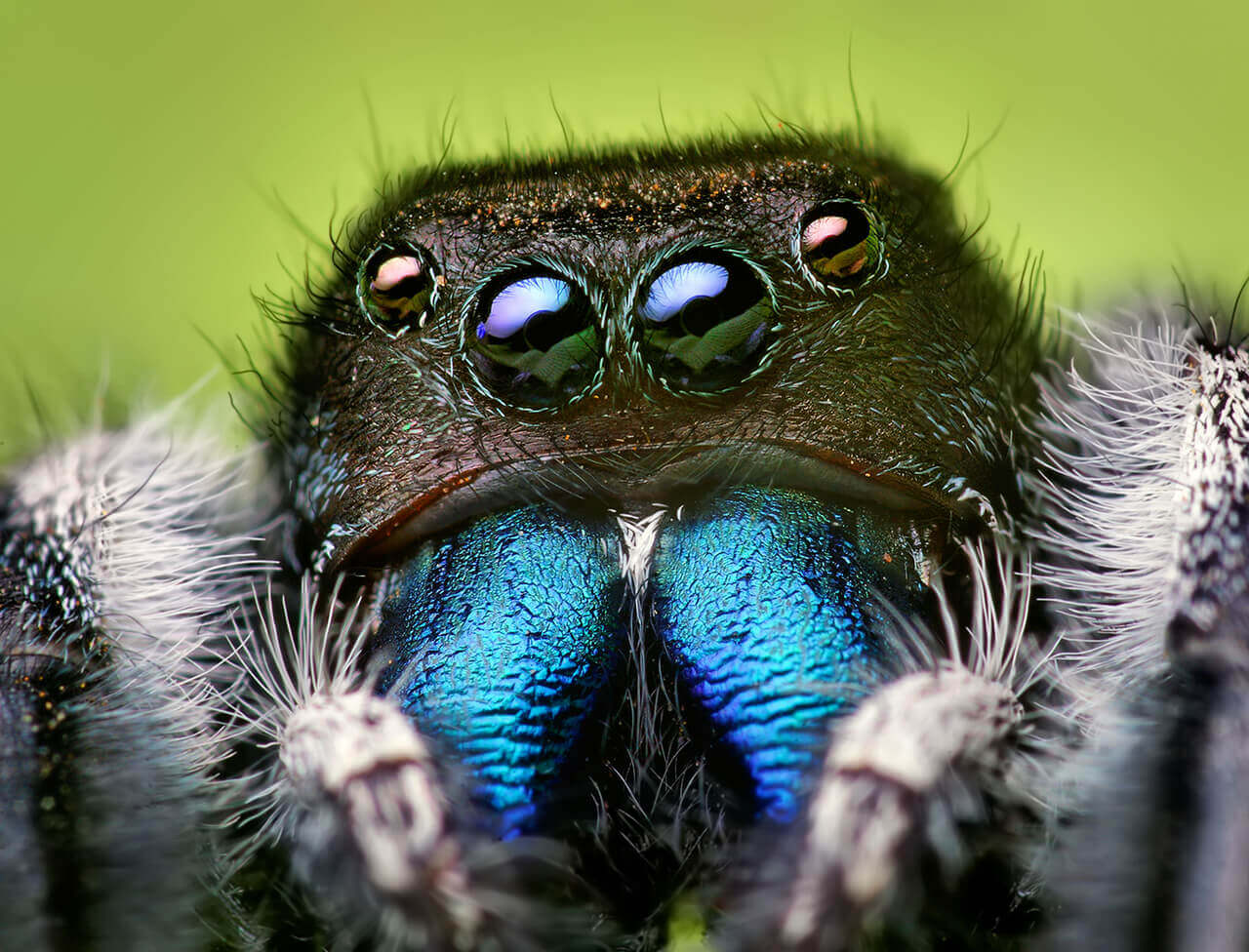
Some serious symptoms of jumping spiders include:
- Pain
- Itching
- Redness
- Swelling
- Headaches
Hobo Spider / Funnelweaver (Tegenaria Agrestis)
Signs and symptoms may include:
- A red or purple blister at the puncture site
- Visual or aural disruption
- Weakness
- Joint pain
- Headaches
- Nausea
- Sweating
Tarantula (Theraphosidae)
Some potential symptoms of tarantula spiders include:
- Rash
- Swelling
- Itching
- Rapid pulse rate
- Eyelid puffiness
- Trouble breathing
- Low blood pressure
Brazilian wandering spider (Phoneutria)
The bite of a Brazilian wandering spider is acutely aching. It can quickly result in heavy sweating and drooling. The skin around the bite will usually swell, turn red, and get hot. In extreme cases, the bite can conclude in dead tissue or death
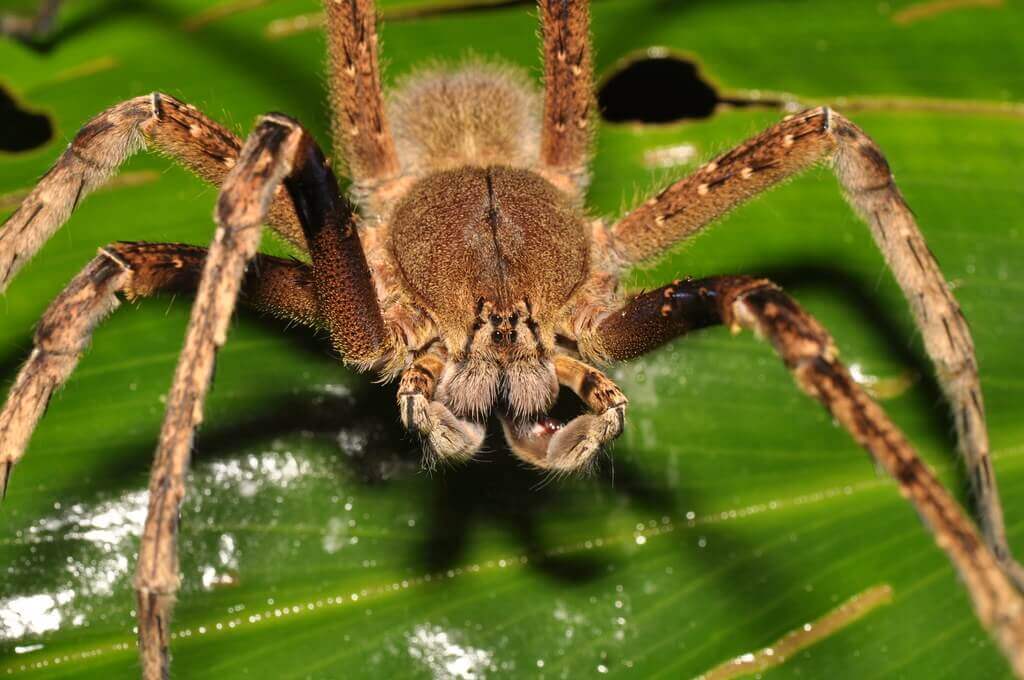
Wolf Spiders (Lycosidae)
Wolf spiders are also harmful to human. A wolf spider’s bite may tear the skin and cause pain, redness, and swelling. you may also acquaintance swollen regional lymph nodes as a result of the bite.
Camel spider (Solifugae)
Camel spiders are also quite common to us. due to its giant jaws, a camel spider can leave a significant wound in human skin. These spiders don’t produce venom, however, you may get an infection due to the open wound. you may also experience swelling around the bite wound and delicate to intense bleeding.
Prevention
Spiders in accustomed, along with the black widow and brown recluse, bite only in defence when being trapped between your skin and another object.
To prevent spider bites:
- Wear a long-sleeved shirt, hat, long trousers tucked into socks, gloves and boots when handling stored boxes or firewood, and when cleaning out sheds, garages, basements, attics and crawl areas.
- Determine what danger some spiders look like and their preferred habitat.
- Inspect and shake out landscaping gloves, boots and clothing before application.
- Keep insects and spiders out of the house by installing tight-fitting screens on windows and doors, sealing cracks where spiders can come in, and using safe indoor insecticides.
- Remove piles of rocks or lumber from the area around your house and avoid storing firewood against the house.
- Make sure beds aren’t pushed against the wall and that only the legs of the bed touch the ground. don’t store things under the bed and don’t let bedding drag on the floor.
- If a spider is on your skin, dab it off with your finger smashing than crushing it against the skin.
- When cleansing tarantula enclosures, wear gloves, surgical mask and eye protection.
Cure
In some cases, you’ll be able to treat spider bite symptoms at home. For nonvenomous spider bites, follow these steps:
- Apply an ice pack on and off the bite for ten minutes at a time.
- Elevate the area to reduce swelling.
- Take an antihistamine, such as diphenhydramine (Benadryl), to help with itching.
- Clean the area with soap and water to prevent infection.
- Apply antibiotic ointment to the area if blisters develop.
- Seek medical attention if you’re showing symptoms of a spider bite or if the symptoms don’t flee over time.
